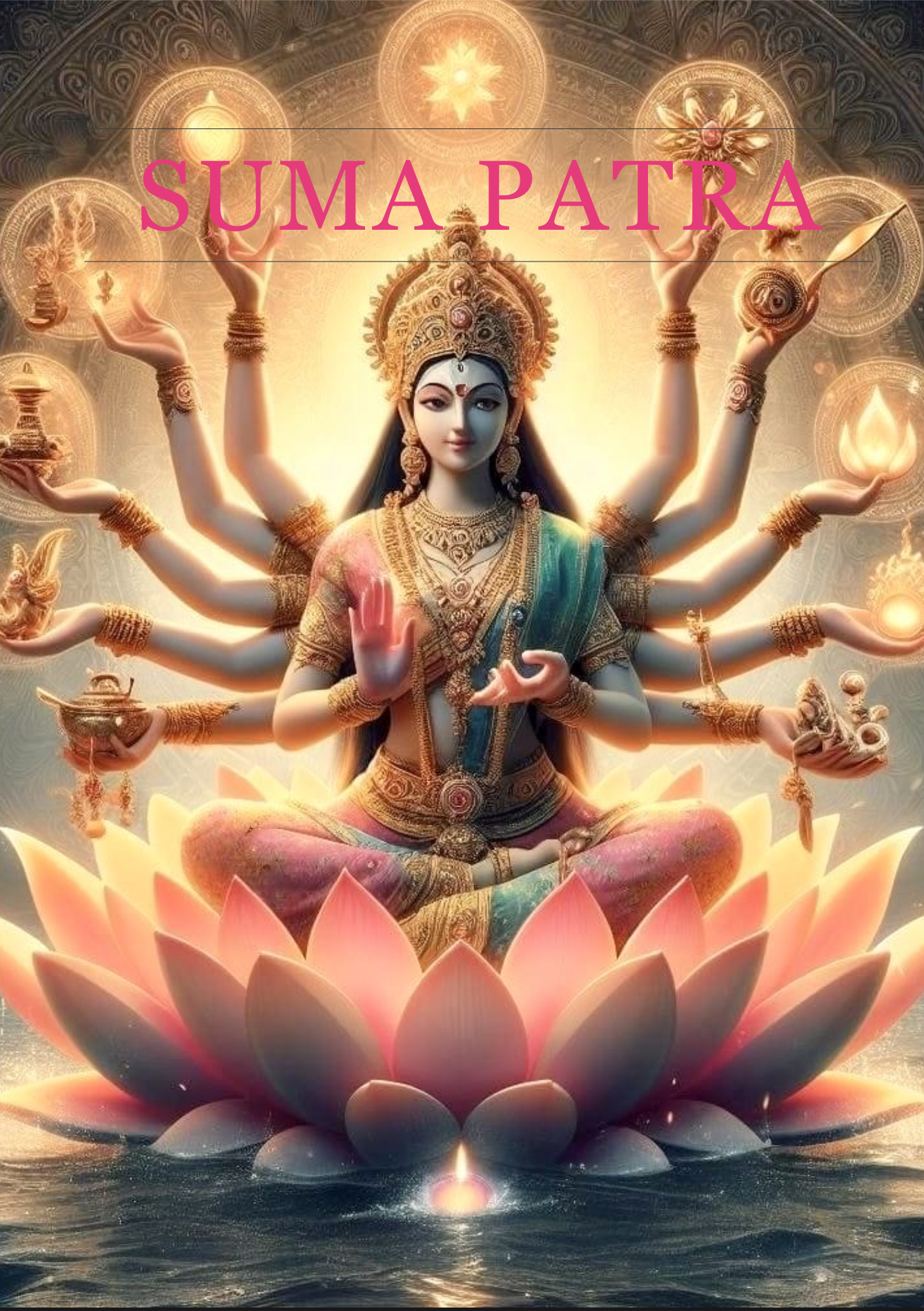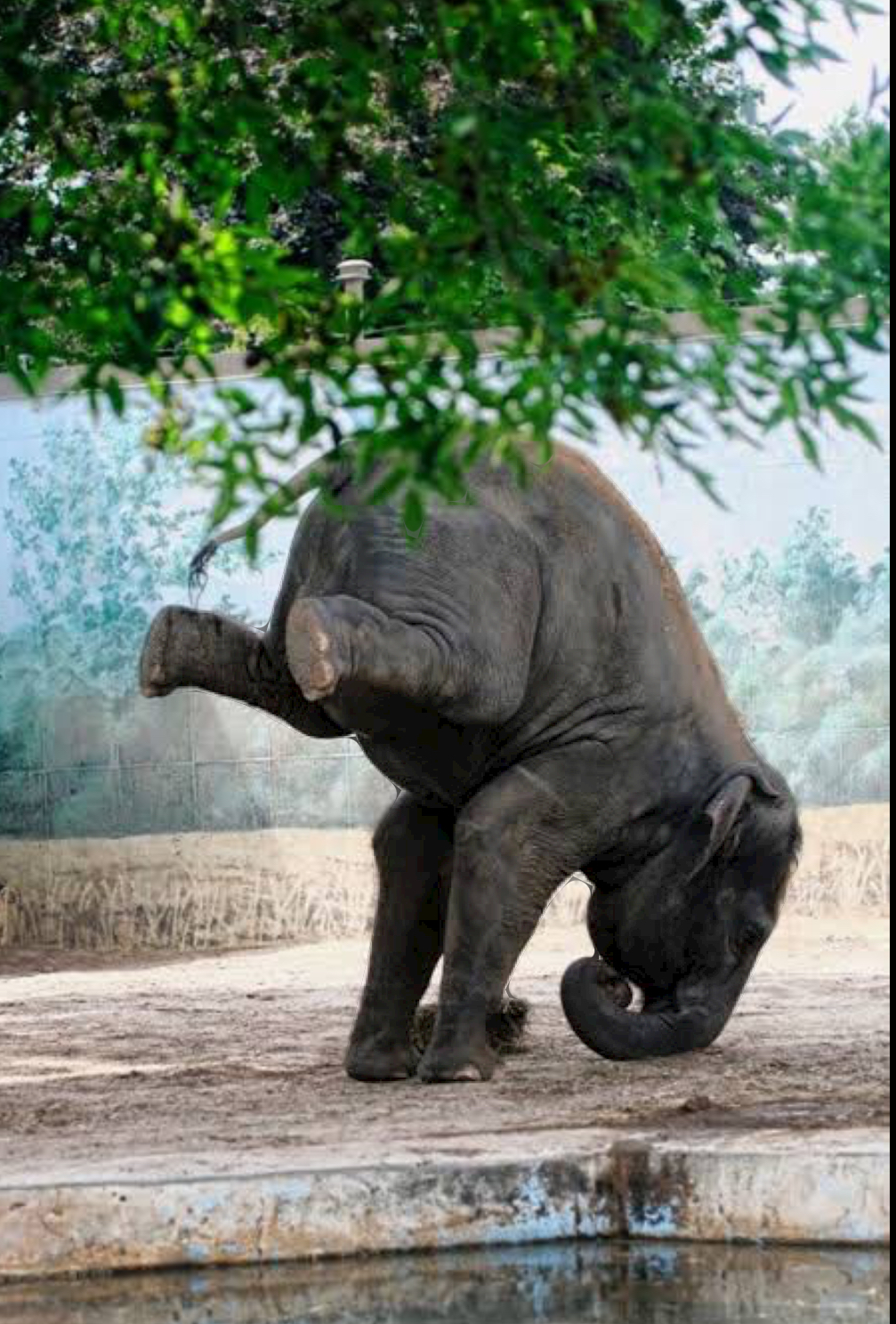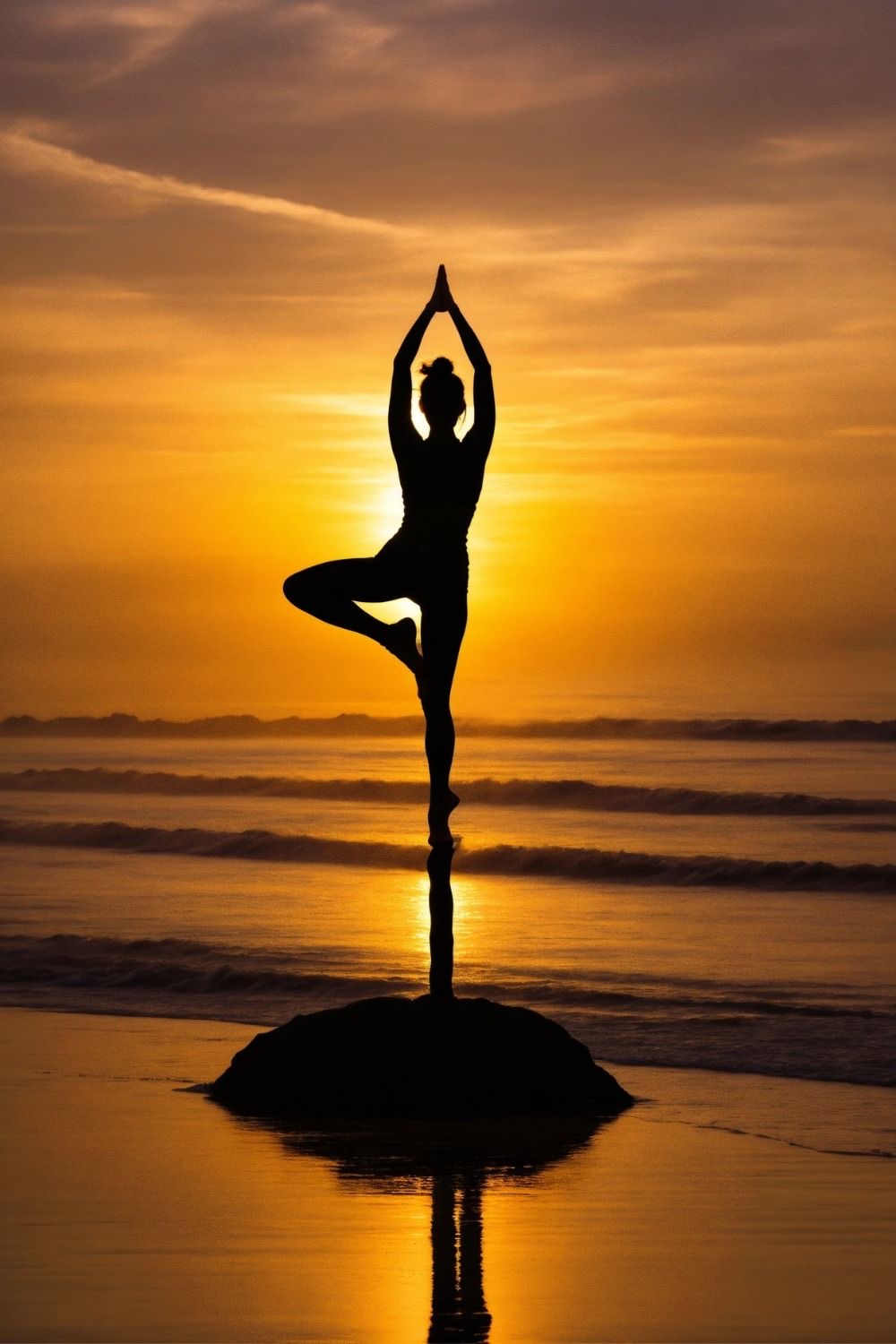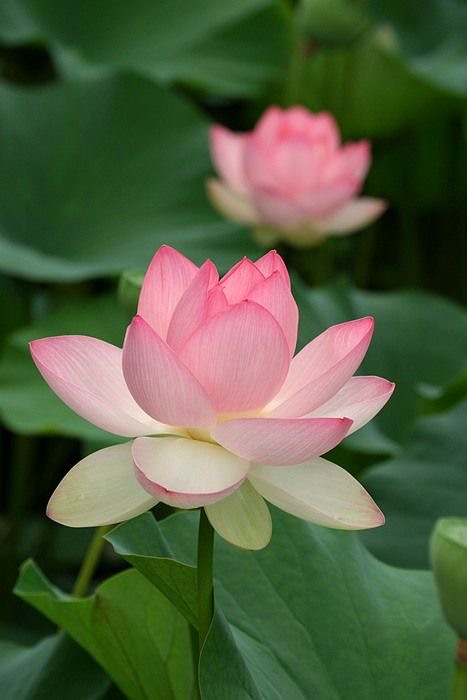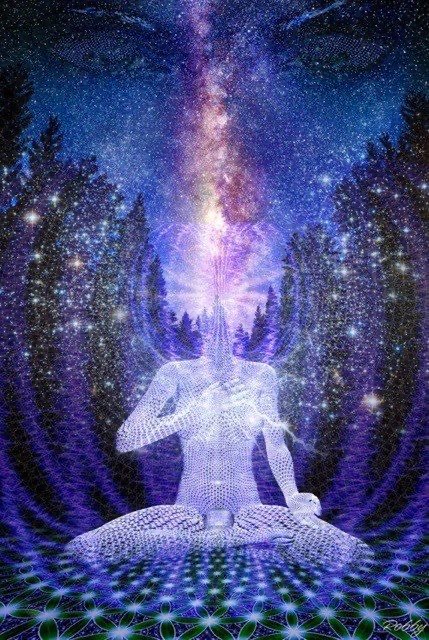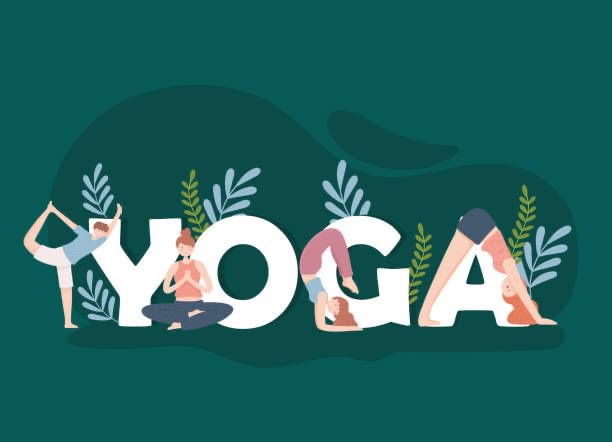Siddhi is the Sanskrit word for “enlightenment” and perhaps a reference to the posture used for the practice of Dhyana (focus). This asana offers the widest base for cross legged seated position and is therefore among the most stable. This quality makes it ideal for maintaining one’s posture for continued Pranayam (regulating the flow of breath).
Siddha also has a lot to do with occult and explores the ability to control material reality through spiritual reality. With Siddha, the Yogi can leave his own body, enter a dead body, experience, live differently and return to the original body. It gives him the ability to change his size, his shape, work on water, fly in air and perform various feats like bringing rain and enabling childless women to bear children. Siddhas were considered sorcerers valued greatly across the subcontinent for their knowledge of medicine, astrology, and their ability to harness good luck and positive energy. A Siddha can choose death and voluntarily leave his body which is considered auspicious and is therefore buried and worshipped rather than cremated and forgotten.
Siddhas are strongly linked with tantra and male sexual energy, the belief that human males have the power to hold semen and even reverse its direction, making it move up the spine until the powers hidden in the brain are unlocked. Shiva is the primal Siddha and so he has a third eye. Hanuman is also Siddha and a drop of his sweat can make a fish pregnant.
The Buddha had warned his students not to take advantage of these abilities and to keep them a secret except in the pursuit of further knowledge and at best for self-defence or during an emergency.
In Jain mythology, the highest heaven outside the wheel of rebirth is Siddhaloka, where the Jinnas reside. They are accomplished ones who have broken free from material reality and are immersed in spiritual reality.
In Hindu mythology a Siddha is a perfect person or mystic; a demigod from Siddhaloka; one who has realised the Brahman effulgence; a perfect devotee.
This posture helps in preparing the body for long periods of seated meditation on the path to Samadhi, which means “higher mind “. This stability of the higher mind is the true goal of yoga and to attain it is to be called Siddha, one who is enlightened or accomplished, thus the name of the asana.





